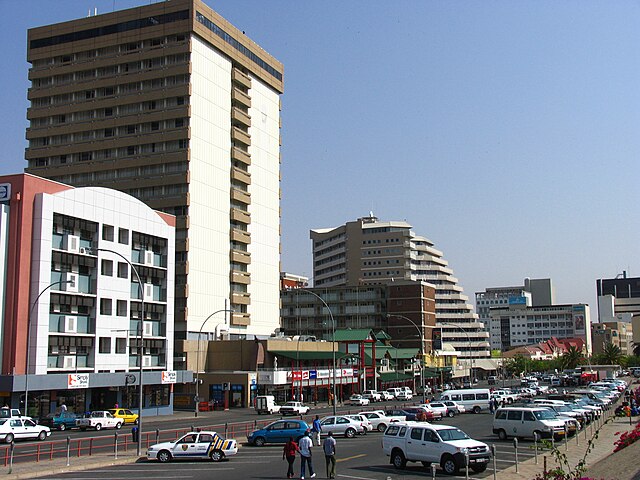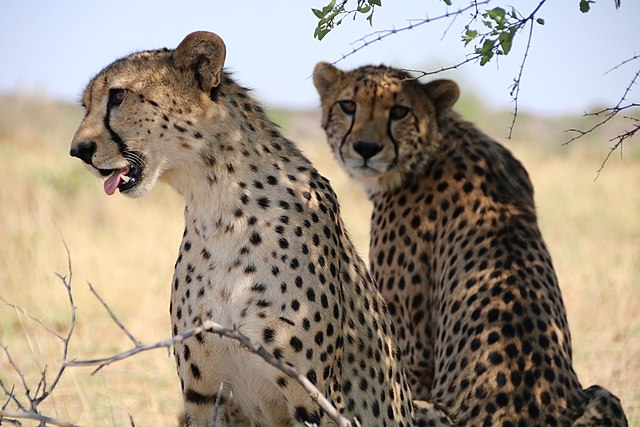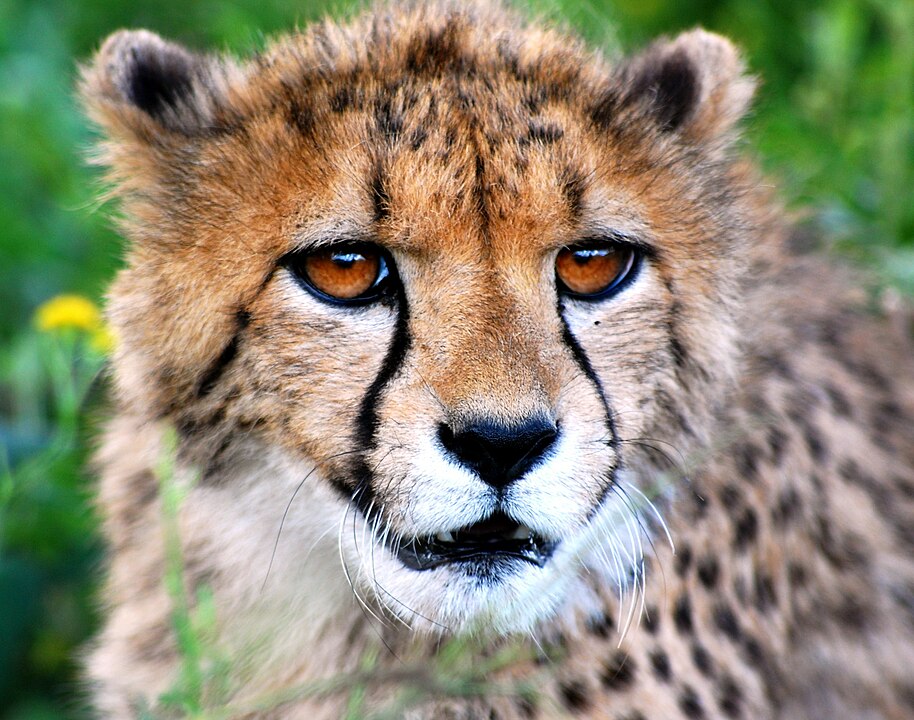If you are travelling to Namibia then visiting the country’s capital city is a must. Despite its smaller size than other major capital cities of the world, Windhoek certainly has its fair share of interesting quirks and attractions that are worth exploring. If this is your first time visiting, here are a few basic tips to help you get the most out of your stay in Namibia’s capital.
Where to Stay
As a hub for travel and commercial activity, Windhoek has no shortage of modern accommodations to choose from including more upscale options like Avani Windhoek Hotel & Casino, to Airbnb options for a more basic stay.
How to Travel
If you wish to use public transport, you can take a small taxi that will drive you around the city. Windhoek’s taxis are much like buses, often taking on more than one passenger. If you prefer to travel by yourself, you can rent a car which is the most convenient mode of travelling.
What to See
While the city isn’t brimming with hotspots there are a few intriguing places worth exploring and things to do in Windhoek. These include Craft Centre, a haven containing various hand-made items and colourful prints; the Gustav Voights Centre for a unique shopping experience; and the fascinating Independence Museum dedicated to the country’s anticolonial struggles.

Where to Eat
A popular delight in Namibia is jerky or biltong and you can get a few bags of it to enjoy as a snack. Additionally, the city has several restaurants that feature both local and international menus to suit your preferences. If you are staying at one of the city’s hotels you can also enjoy great dining experiences at your hotel directly.


